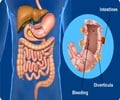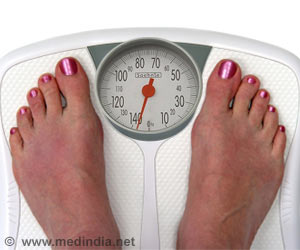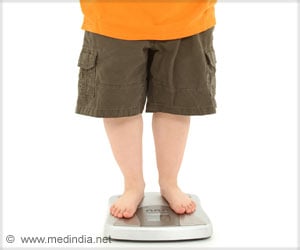Teens and young adults exposed to HIV and antiretroviral treatment while in the womb are at a higher risk of developing obesity later in life, reveals a new study.

‘Exposure to HIV and antiretroviral treatment while in the womb can put you at a higher risk of developing obesity later in life.’
Read More..




"These findings imply that all children of mothers with HIV--even the large proportion who are HIV-negative--should be closely monitored over the life course," said lead researcher Lindsay T. Fourman, M.D., of Massachusetts General Hospital in Boston, Mass.Read More..
Worldwide, more than 1 million babies are born to mothers with HIV each year. With the advent of prenatal antiretroviral therapy to prevent maternal transmission of HIV during pregnancy, up to 98 percent of these infants may be HIV-exposed but uninfected (HEU). The long-term consequences of HIV and antiretroviral therapy exposure during pregnancy have not been previously well examined.
The study included 50 HEU adolescents and young adults (13-28 years old) and 141 teens and young adults not exposed to HIV during pregnancy, who were matched for age, sex, race, ethnicity and zip code. The researchers found obesity was present in 42 percent of HEU adolescents and young adults, compared to 25 percent of their non-exposed peers.
They found the prevalence of reactive airway disease, or having asthma-like symptoms, to be higher in HEU young adults than their non-exposed peers (40 percent vs. 24 percent). The researchers also looked at the mothers' level of immune cells called CD4 cells during the last trimester of pregnancy. Lower prenatal maternal CD4 count is associated with more severe HIV infection during pregnancy.
The study found lower third-trimester CD4 count was strongly associated with increased body mass index (BMI) in HEU adolescents. BMI is a measure of body fat based on height and weight. "This suggests a biologic link between the intrauterine environment in HIV and long-term metabolic outcomes of offspring," Fourman said.
Advertisement
"To our knowledge, this study involves the oldest HEU cohort examined to date, and thus provides the most long-term assessment of health complications among this expanding and aging population," Fourman noted.
Advertisement
Source-Eurekalert














